20 Ways to Address Your Dog’s Scooting Behavior
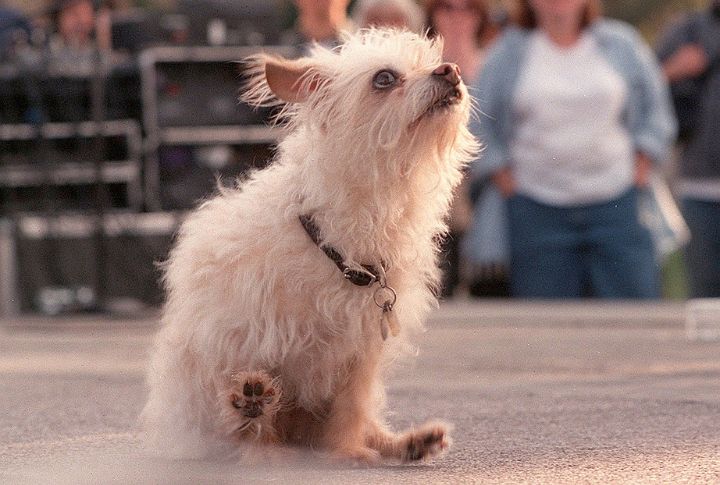
If your dog is constantly scooting, you must be confused and concerned. This behavior often indicates underlying issues like gland disorders or hygiene problems. So you must understand the causes and know how to address them for your dog’s well-being. Here are 20 practical tips to help your dog.
Addressing Allergies That Cause Scooting
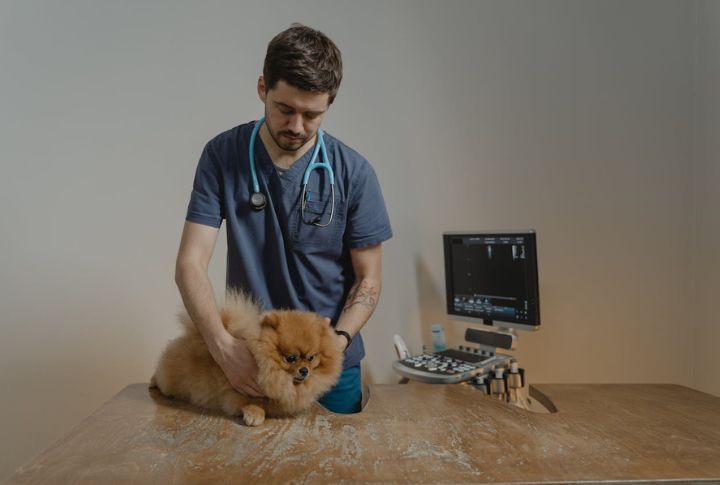
Allergies can result in significant discomfort in dogs, often resulting in scooting behavior. That’s why you should never delay consulting a veterinarian; dogs need immediate treatment in these cases. Moreover, addressing the real reasons behind scooting (food-related or environmental) can enhance your dog’s quality of life.
Maintaining Proper Rectal Gland Health
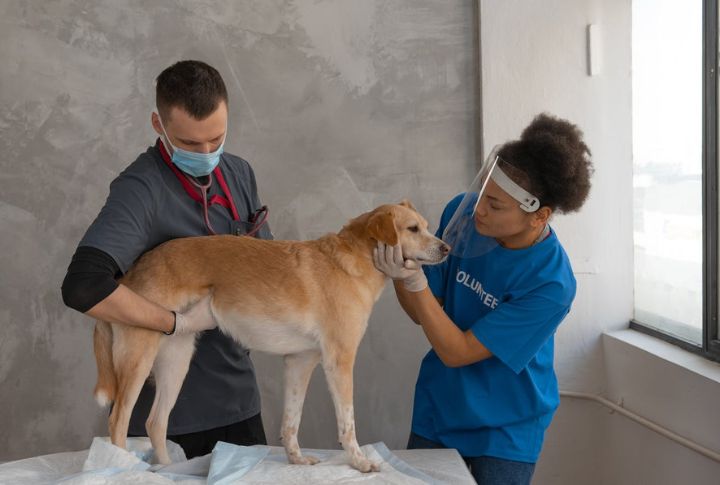
Most people may not be aware that scooting mostly happens when you don’t pay attention to their dog’s rectal gland health. Common problems like impaction and infection often cause scooting, and only a vet can trace them. So take quick action and reduce the chances of infections.
Products that Might Help
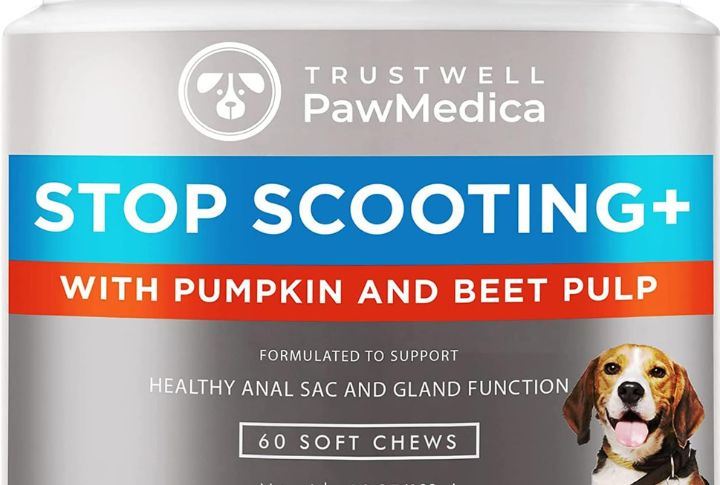
Various products target scooting issues, including dietary supplements and soothing sprays. However, you must choose items that reliable veterinarians recommend. This way, you can correctly address the root causes and pain. Vet-recommended products can improve your dog’s overall comfort and can help reduce constant scooting.
Home Remedies for Quick Relief

A warm compress can offer immediate relief for dogs that scoot. Gently applying it to the back area soothes uneasiness effectively. You can also try other remedies, like using coconut oil for lubrication or fiber-rich foods to support digestion. If they don’t feel better, consult a vet for other recommendations.
Dietary Changes That Help

Introduce fiber-rich foods, like pumpkin or sweet potatoes, as they can significantly benefit dogs experiencing scooting due to medical reasons. These foods improve digestion and lower any pressure on your pet’s digestive glands. A fiber-rich diet not only promotes bowel health but may also avoid future complications.
Using Anti-Inflammatory Food Ingredients

Adding vet-approved ingredients, like omega-3 fatty acids, helps solve the problems related to a dog’s rear gland. So don’t skip regular consultation with your veterinarian to ensure your pet receives appropriate treatment. Remember, inflammation can intensify scooting, so address it timely for your pet’s comfort.
Understanding Your Dog’s Hygiene Needs
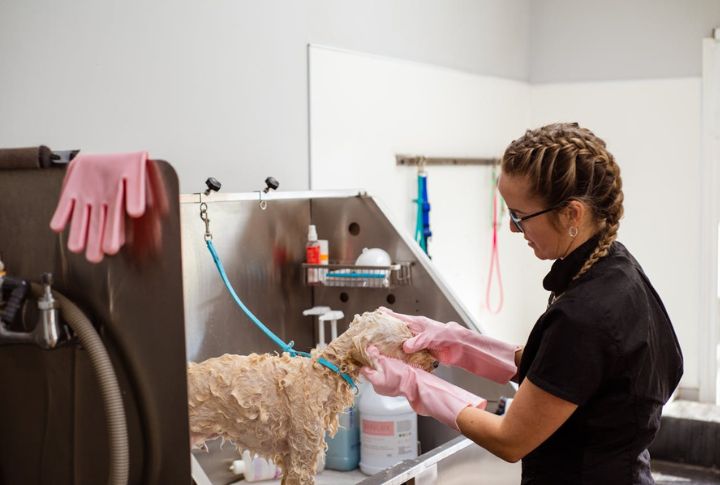
Proper hygiene is important for all dogs, particularly those with long hair. Give your dog frequent baths and specialized grooming to improve their overall comfort and cleanliness. Always prioritize these practices; you can significantly lessen the chances of scooting behavior in your pet.
Grooming Tips
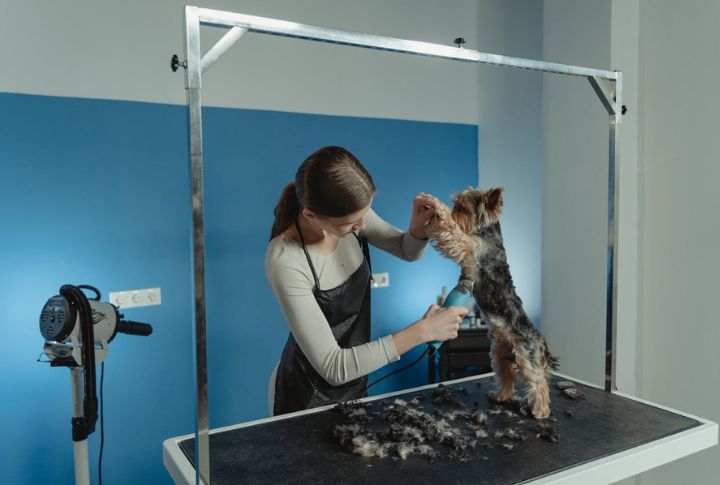
Regular grooming is helpful to avoid the buildup of dirt and bacteria around your dog’s back area. So, keep the fur trimmed and the area clean to reduce irritation that usually causes scooting. However, pay attention to your grooming technique to avoid any unnecessary pain or irritation.
Using Dog Wipes for Hygiene
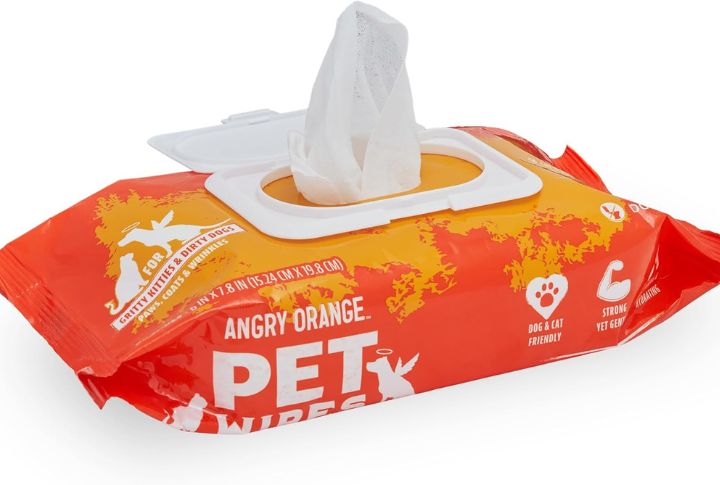
Dog wipes can be a game-changer for maintaining cleanliness. They are effective for quick clean-ups after bathroom breaks, minimizing irritation. If you choose high-quality, hypoallergenic wipes, they can help keep your dog more comfortable and reduce the risk of skin irritations.
Training Techniques
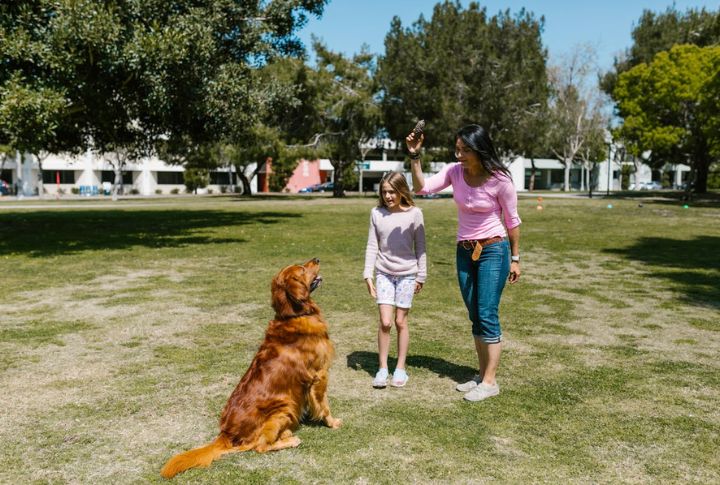
Did you know positive reinforcement works wonders on pets? So, to control your dog’s scooting behavior, focus on redirecting their attention. Reward them when they avoid scooting to reinforce good habits and avoid further irritation. Also, be consistent in training and try to make each session more fun
Creating a Comfortable Environment
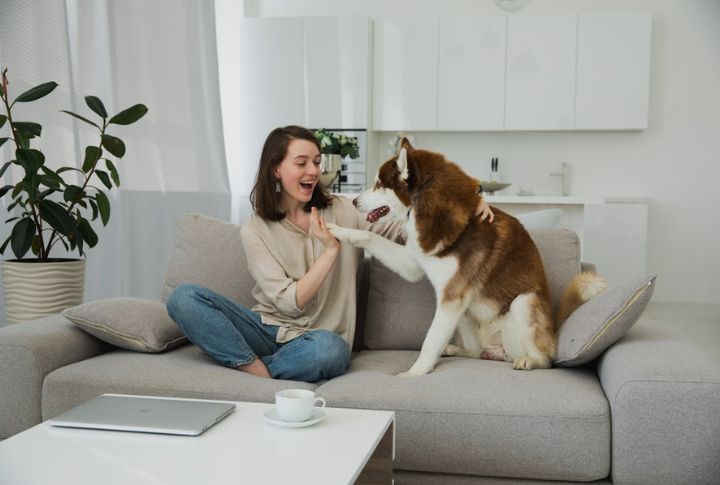
A dog’s living environment significantly impacts their behavior. Show some love and provide soft, clean bedding and a tidy space to make them comfortable. In such a cozy atmosphere, your dog might feel better when suffering from problems that cause scooting.
Addressing Stress and Anxiety
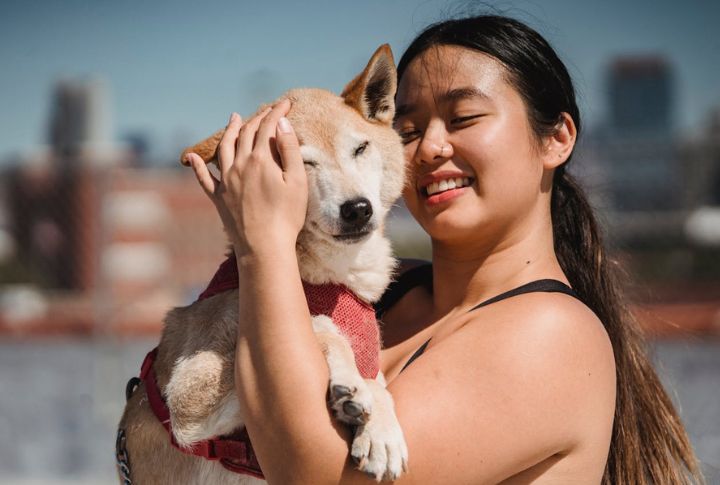
Stress and anxiety are common consequences of a dog’s scooting behavior. So, you need to create a calming routine with soothing toys that can ease their stress. Also, keep an eye on changes in behavior to notice any other underlying health conditions that may need addressing.
Importance of Regular Exercise
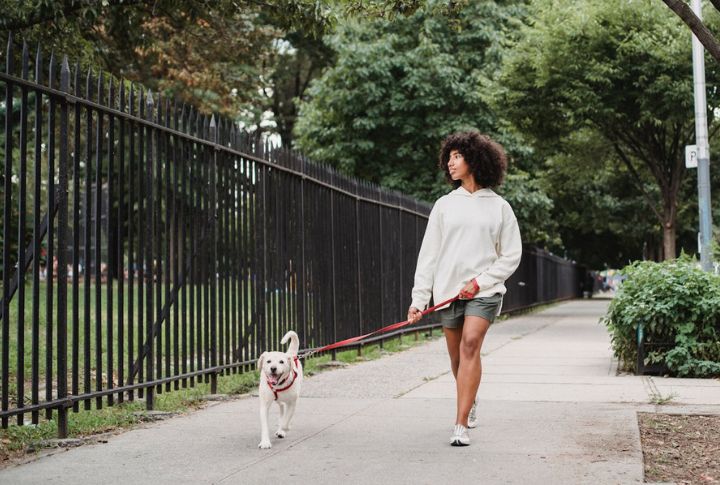
Regular walks or play sessions keep dogs active, which can control scooting. These activities promote healthy living, easy digestion, and aid in the natural expression of your dog’s rectal glands. Try to make these daily exercises easy and fun for a pet’s overall comfort and well-being.
Monitoring Weight and Nutrition
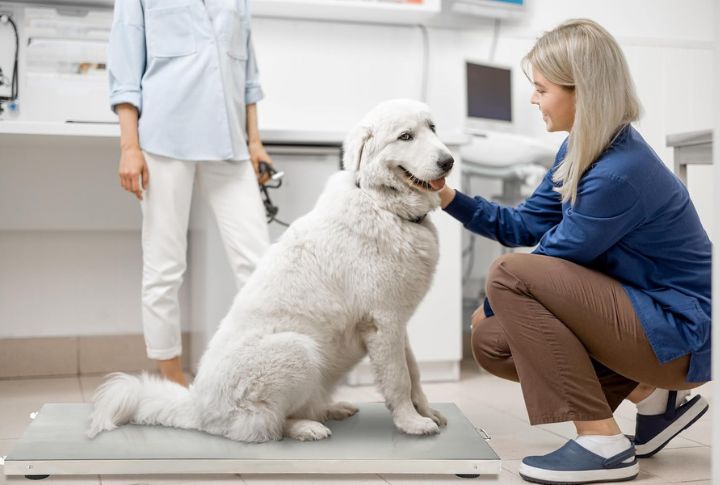
You must maintain your dog’s weight because excess fat can put pressure on your dog’s rear glands. This also causes discomfort and scooting. Always give your dog a balanced diet to keep your furry friend fit and reduce the risk of medical issues related to scooting.
Proactive Measures Against Scooting Behavior
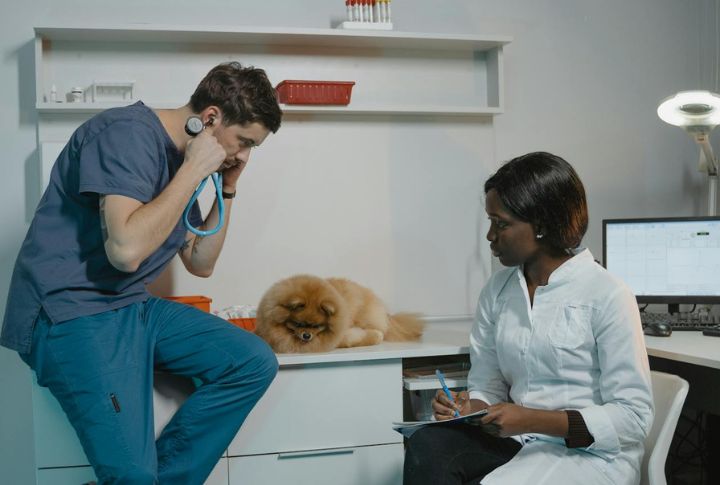
Don’t forget to monitor your dog’s hygiene and behavior. When you keep your dogs healthy, clean, and comfortable, they will stay fit and fine. So, care for your pet in every possible way, and stop infections and scooting from becoming a recurring issue.





